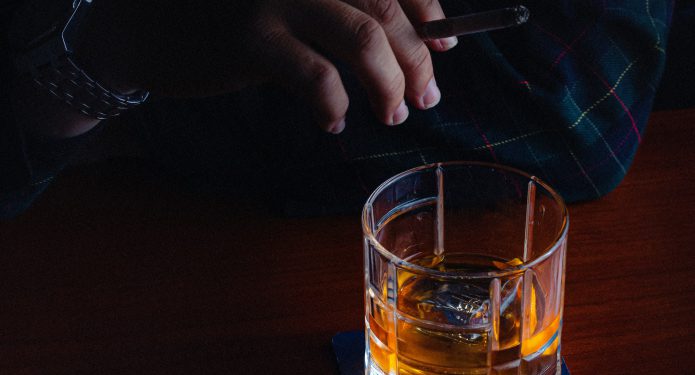Our Projects
Between versus Within-Subject Models of the Protective Effect of Substance-Free Reward on Alcohol, Nicotine, and Marijuana Use and Problems

- Danielle Jones
- 0 Comment
- 716 views
This is a recent grant I completed from the National Institute on Drug Abuse (R36 DA050049). You can find more info about the grant here. The general idea behind the grant was that we know substance-free reward (i.e., naturally pleasurable, non-drug stimuli and activities, such as social interaction and dating, exercise and sports recreation, or hobbies) is protective against substance misuse in the aggregate, but we don’t know how it operates at the within-subject level. So through a few different methods, the purpose of this grant is to clarify between- versus within-subject structures of substance-free reward and their relation to substance misuse.
The basic design was for folks who regularly use alcohol, cannabis, or tobacco to come into the lab, fill out a bunch of baseline questionnaires, and do a full EEG session where we measure brain reactivity to all sorts of different stimuli, mostly centered on substance-free rewards and drug-related images. Then, they go through a 21-day EMA protocol where they report on their engagement in substance-free activities, substance use and problems, and a bunch of other things like stress, sleep, and symptom expressions of psychopathology more broadly (i.e., a daily HiTOP [Hierarchical Taxonomy of Psychopathology] measure). One of the core hypotheses is that for folks who don’t have the neural architecture to process natural rewards as much as other folks will show weaker coupling between engagement in substance-free activities (that would normally be protective against risky substance use) and substance use and problems. Data collection has been finished for a little while, and we’re currently knee-deep in analyzing all these data!
